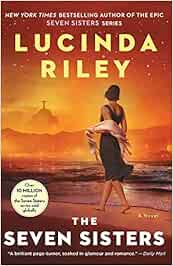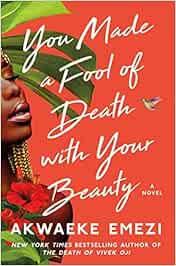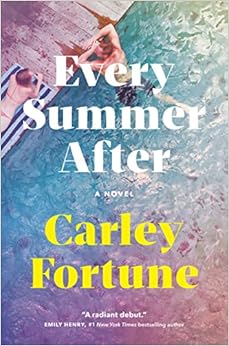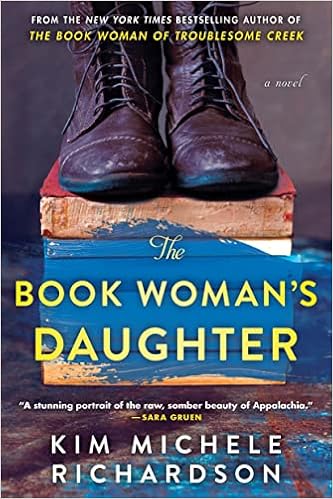3 Stars
This historical romance, first in a series, was chosen as a book club read. It’s a worldwide bestseller, but it’s not a genre I usually read; in fact, I usually avoid such global bestsellers.
Six girls adopted by Pa Salt gather at Atlantis, their childhood home in Switzerland, to mourn the passing of their adoptive father. Each is given a letter and a clue to her true heritage. Each daughter’s journey is the subject of a novel; this novel focuses on Maia, the first to have been adopted. She ends up travelling to Brazil where she starts to piece together her family history. She is assisted by Floriano, a writer and historian.
Maia’s search leads her to the story of Izabela Bonifacio 80 years in the past. Izabela, Maia’s great-grandmother, travels to Europe and meets Paul Landowski, a sculptor, and Laurent Brouilly, his assistant, who have been chosen to create the immense Christ the Redeemer statue which now dominates Rio de Janeiro. She falls in love with Laurent, but she is already engaged to Gustavo Aires Cabral; that marriage into a prominent family is of utmost importance to Izabela’s father.
The premise of the books is like that found in soap operas. A mysterious, very wealthy man, known affectionately as Pa Salt, adopts six girls from around the world. They are cared for my Marina, a live-in housekeeper who acts as a surrogate mother. Pa Salt dies suddenly and is immediately buried at sea in a lead-lined coffin before his daughters even arrive at their family home. The daughters know very little about their adoptive father, and it seems that none have questioned the source of his great wealth or her origins. This premise to justify a series of books is rather weak.
Izabela’s story is a cliché: a pretty, rich girl feels suffocated and yearns to escape the role her family has chosen for her. Because of family pressure, she becomes engaged to a man she does not love. Then she falls in love with a poor, handsome man who would never be seen as an appropriate husband. When she does marry, she has a sour and dour mother-in-law who makes her life miserable.
The romance elements are totally predictable. It is not a surprise that Izabela is betrothed to a man she does not love but falls in love with a handsome Frenchman. A romantic relationship between Maia and Floriano is also expected, though I couldn’t understand Floriano’s appeal since he’s a patronizing man who tells Maia what to wear, what to drink, and how to feel.
The aspect that most interested me is the description of the construction of the Christ the Redeemer monument. The author incorporates real historical figures like Paul Landowski and Heitor da Silva Costa, the designer of the statue. Silva Costa had a daughter named Maria Elisa; in the novel she becomes Izabela’s best friend. Fiction and historical facts are combined in such a way that the reader has to do research to differentiate history from the author’s imaginings.
I was bothered by the focus on beauty. Maia is described as being exceptionally beautiful, as is her great-grandmother. Laurent is very handsome, as is Floriano. Gustavo, Izabela’s betrothed, is repeatedly described as resembling a ferret. Beauty seems to be equated with goodness; lack of beauty seems to be a bad quality. I find such superficiality disturbing.
Dialogue is anything but natural. Even friends and family members speak in a stilted, formal way. What is also unnatural is the repetition of names in conversations. People do not constantly repeat the name of the person they are addressing. For instance, in a short, two-page encounter with her sister Tiggy, Maia says Tiggy’s name four times, even though no one else is present.
Maia’s discoveries focus on her great-grandmother. Wouldn’t she be more interested in her mother’s story? In the novel, her mother’s story is almost an afterthought. I can only imagine that Izabela’s story is more important for the entire series. I can certainly hazard a guess as to the identity of the young boy Izabela rescues while she is in France!
Despite my negative comments above, I can’t say that I hated the book. Though I wish it had more depth, it was entertaining enough and I had to keep reminding myself that I was reading a book whose main goal was entertainment. At 450+ pages, it’s fairly lengthy and could be condensed, but it’s an easy read which would make a perfect escapist read for a holiday.









